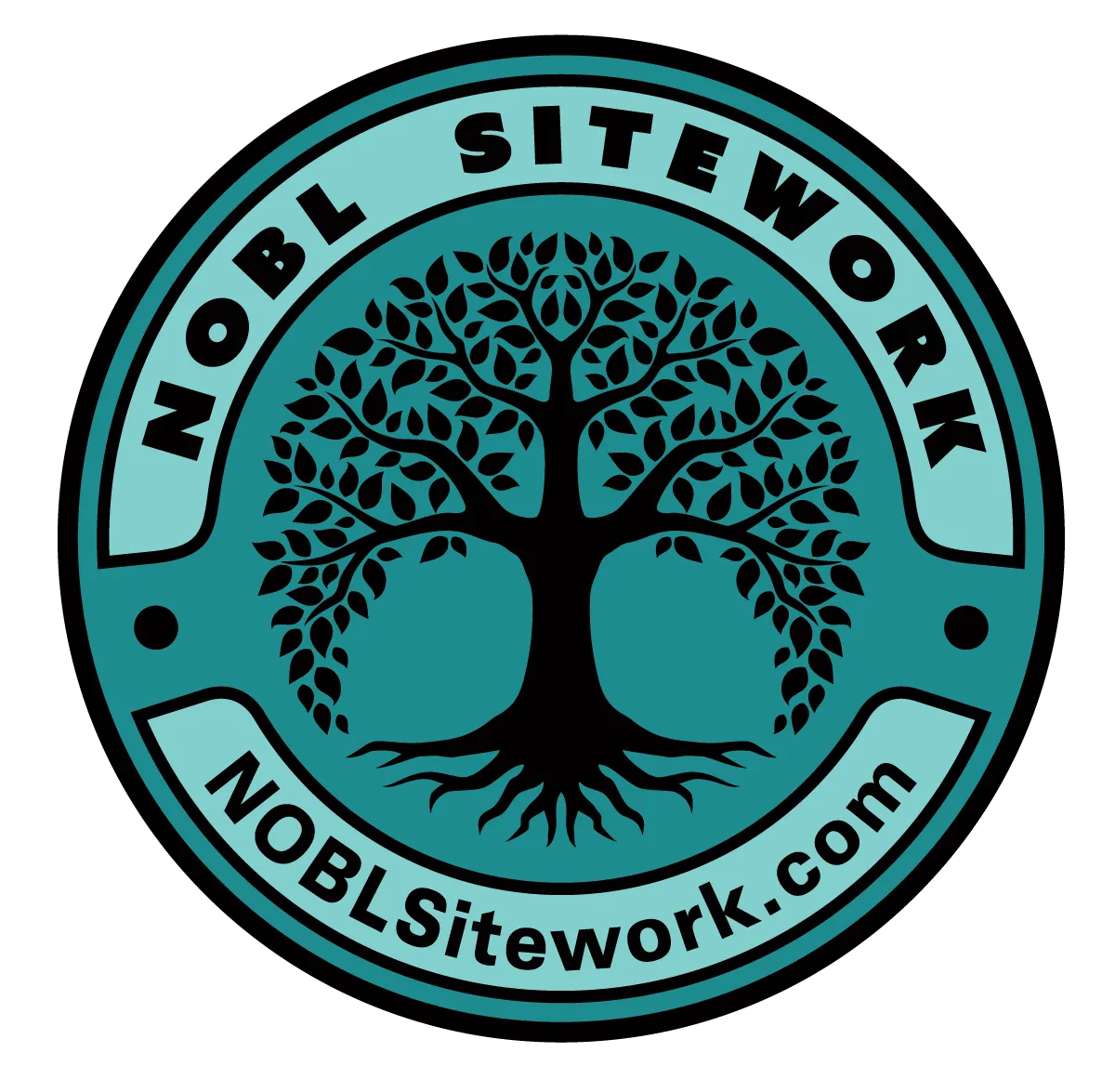Site Development Guide: What to Expect from NOBL Sitework
What to Expect During Site Development
So you’ve secured your land, your permits are in the works, and your vision is finally coming to life. But before the first wall goes up or the first slab is poured, one major stage stands between your plans and your finished project: site development.
For many property owners, developers, or first-time builders on Florida’s Emerald Coast, site development can feel like a mystery full of bulldozers, dirt piles, and lots of paperwork. But understanding what actually happens during this phase will help you stay on schedule, within budget, and fully prepared for what’s ahead.
Let’s walk through exactly what to expect during site development — NOBL Sitework style.
What Is Site Development?
In simple terms, site development prepares your land for construction. It turns raw, undeveloped land into a build-ready site by handling everything from clearing trees to installing utilities and drainage systems.
Think of it as the behind-the-scenes work that ensures your actual build starts on solid ground — both literally and legally.
Phase 1: Site Evaluation & Planning
Before any heavy equipment rolls onto your property, several important steps happen behind the scenes:
Land Surveying: Licensed surveyors assess your property boundaries, elevation, and topography.
Soil Testing: Geotechnical engineers check soil stability, drainage, and composition.
Environmental Studies: Depending on the property, wetlands, protected species, or other sensitive areas may need evaluation.
Permitting: Site development requires multiple permits from local governments, the Florida Department of Environmental Protection (DEP), and water management districts.
👉 Pro Tip: On Florida’s Emerald Coast, coastal zones may have additional regulations — a sitework contractor familiar with local rules (like NOBL Sitework) is invaluable during this stage.
Phase 2: Land Clearing & Grubbing
Once the paperwork is in place, the visible work begins:
Tree & Vegetation Removal: Clearing trees, brush, and undergrowth.
Stump Grinding: Removing or grinding down tree stumps.
Debris Removal: Hauling away cleared material or mulching on-site if allowed.
At this point, your land starts looking like a blank canvas — but it’s far from ready for construction.
👉 Learn more about NOBL Sitework’s land clearing services
Phase 3: Earthwork & Grading
Next comes one of the most important — and underestimated — parts of site development:
Cut & Fill: Excavators remove high areas (cut) and fill low areas to create the right elevation.
Compaction: Heavy rollers compact the soil to ensure stability.
Rough Grading: Smoothing and leveling the land according to the design plan.
Drainage Preparation: Slopes and grading are designed to ensure proper water runoff.
On Florida’s flat terrain, getting drainage right is essential to prevent flooding and meet stormwater regulations.
Phase 4: Stormwater Management Systems
Water management is non-negotiable in Florida, and retention or detention ponds are often part of the design.
Retention Pond Construction: Permanent ponds that collect and treat stormwater on-site.
Drainage Infrastructure: Installing culverts, pipes, swales, or French drains.
Erosion Control: Silt fences, turbidity barriers, and other BMPs (Best Management Practices) protect nearby waterways during construction.
👉 Read more about retention ponds in Florida
Phase 5: Utility Installation
Once the land is shaped, the underground work begins:
Water & Sewer Lines: Connecting to municipal systems or installing septic systems where permitted.
Electrical & Gas Lines: Running power and gas to the building site.
Telecommunications: Laying conduits for internet, phone, and cable services.
Careful coordination with utility providers is key to avoiding delays or costly mistakes.
Phase 6: Roadways, Driveways & Access Points
Depending on the size of your project, this may include:
Construction Entrances: Stabilized entrances to prevent mud tracking.
Driveways & Parking Lots: Graded, prepped, and ready for paving.
Private Roads or Access Lanes: For larger developments or commercial sites.
Phase 7: Final Grading & Foundation Prep
The last stage before vertical construction includes:
Final Grading: Fine-tuning slopes for proper drainage around the building pad.
Foundation Preparation: Ensuring stable, level ground ready for slab or foundation pours.
Lot Demarcation: Marking property lines, setbacks, and building footprints.
What Affects Site Development Timelines?
Several factors can influence how long site development takes:
FactorImpactProperty SizeLarger sites take more timePermitting DelaysApprovals may add weeks or monthsWeatherHeavy rain can halt workSoil ConditionsPoor soil may require remediationEnvironmental ConcernsWetlands or protected species require special handling
On Florida’s Emerald Coast, proper planning is your best friend.
Why Hiring the Right Site Development Contractor Matters
Site development is complicated — and cutting corners here can create expensive headaches later. Working with an experienced contractor like NOBL Sitework ensures:
Accurate budgeting and scheduling
Full compliance with local, state, and federal regulations
Safe, stable, build-ready land
Coordinated communication with engineers, municipalities, and utility companies
In short: we make sure your project gets started the right way — so you’re not playing catch-up when the building begins.
👉 See our full site development services
FAQs We Hear All the Time
Do I need site development if my lot looks flat already?
Yes! Flat doesn’t mean ready. Proper grading, drainage, and utility prep are still required.
Can I skip the retention pond?
Probably not. Florida regulations often require stormwater management for even small developments.
How long does site development take?
Anywhere from a few weeks to several months, depending on property size, complexity, and permits.
Can you handle both land clearing and full site development?
Absolutely. NOBL Sitework offers turnkey solutions for both residential and commercial projects.
In Summary (without saying "in conclusion")
Site development might not be the flashiest part of construction, but it’s one of the most important. Done right, it sets your entire project up for success. Done wrong, it can derail your schedule, your budget, and your blood pressure.
Luckily, on Florida’s Emerald Coast, you’ve got a partner in the dirt business who knows how to handle every bump, slope, and drainage issue the Sunshine State can throw your way.
NOBL Sitework — we prep your land so you can build your future.
External Resources:



